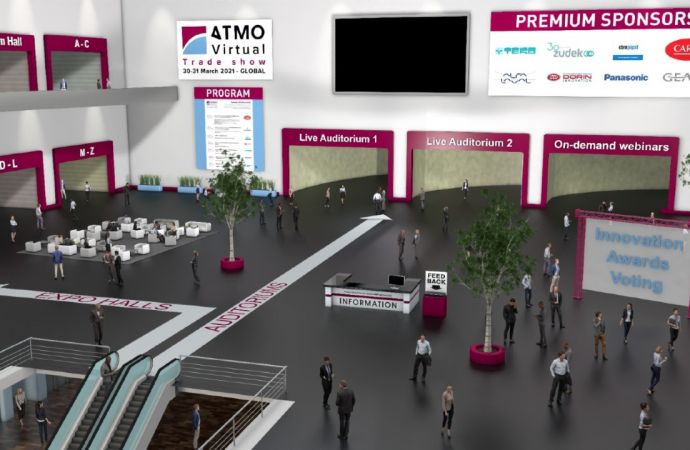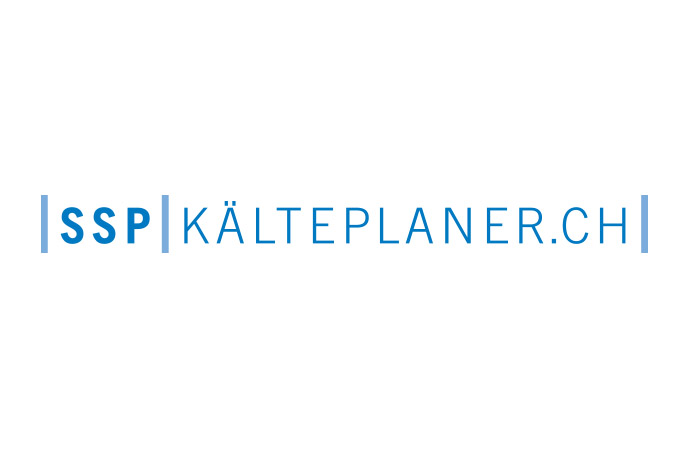The scientific community and industry experts from all over the world are meeting this week in Stockholm, European Green Capital 2010, to discuss all possible aspects of sustainable refrigeration and heat pump technology. In this first article, ammonia21.com provides an overview of first- and second-day presentations relevant to ammonia.

The conference opened with a keynote presentation giving the wider picture of “What is happening to our climate?”. Robert Janson, Stockholm University started his presentation showing a picture of the ozone hole over the South Pole, which is expected to recover perhaps in 50 to 60 years despite the fact that we have now stopped producing ozone depletion substances. “It took 40 to 50 years to discover that CFCs were not wonderful”, the speaker maintained. He then moved on to discuss the lessons to be learnt when looking at climate issues, namely:
Probability in Ammonia Refrigeration Risk Assessment, Anders Lindborg, Ammonia Partnership AB
“Ammonia is far better than its reputation”, stated Lindborg in the opening of his presentation, which aimed at explaining how the refrigerant’s risks have been greatly exaggerated. In Scandinavia, for example, are occuring more casualties related to R22 than R717 (ammonia) refrigeration. But although the number of injuries and lethal accidents are extraordinary small, myths depicting ammonia as very dangerous continue to influence regulators and society at large. Nonetheless, designers and users of ammonia systems in refrigeration and heat pumps consider it a safe and economical refrigerant. It is a rarely known fact that in the past the chemical industry had been opposing ; now however the two industries are in dialogue. He also referred to how media often exaggerate the consequences from ammonia leakages. For example, there are occasions where for insurance reasons firemen exposed to a leak need to get a health certificate from a hospital. However, the media will report the next day that a certain number of firemen were brought to hospital because of their exposure to ammonia.
Lindborg also underlined that there has been a trend whereby engineers are being retired and replaced by operators, a trend that needs to be reversed. He referred to the characteristic smell of ammonia, which is in fact an advantage since the smallest leaks are immediately discovered and then corrected. He then moved on to discuss the notion of risk, which should include both consequence and probability, with the latter however rarely being applied when discussing the risk of ammonia. Incidents involving ammonia leaks are few in relation to the large number of systems in existence. He then presented the number of fatal accidents related to ammonia refrigeration in a number of European countries, Australia and the USA. This data gives an Annual Death Rate (ADR) of less than 2 persons per billion inhabitants per year. In comparison, ADR in traffic for some European countries varies from 3.7 to 14.8 per 100.000 persons per year.
Energy Usage Statistics and Saving Potential in Ice Rinks, J. Rogstam, Sveriges Energi och Kylcentrum (Swedish Energy and Refrigeration Centre)
The paper by Rogstam reports on general energy use statistics to create a baseline for ice hockey rinks. He presented energy use figures for 52 Swedish arenas that show that the average annual energy usage is about 1185 MWh, where 82% is electricity and 18% is heat. These figures hide numerous parameters that play an important role for the energy usage such as time of operation, size of building and ice sheet, length of the season, etc. Hence, to find a parameter for comparison he proposes the key figure specific energy use, which is defined as the purchased energy divided by the ice sheet surface and number of operational days per season. Using this indicator, the highest values come from multipurpose arenas and the lowest from none heated small ice rinks, while the average value for Swedish arenas is 2.2 kWh/m2*day.
In Swedish ice rinks, the refrigeration system accounts for the major energy usage with an average of 43% of the total purchased energy. Rogstam also pointed out that the distribution energy related to the refrigeration system is often underestimated. He presented a figure on the monthly average energy use for 19 indirect ice rink refrigeration systems indicating that the total distribution energy is in general about 20% of the total energy input, with the brine pump accounting for about half of that.
He then discussed potential energy saving measures such as:
A second article on the event will provide an overview of ammonia presentations given in the second half of the event.
- What is the ultimate fate of chemicals we use?: we need to think beyond the immediate usage of chemicals and consider what happens to them when we’re finished with them.
- Nature teaches us by surprising us!
- Natural systems can take a long time to heal
Probability in Ammonia Refrigeration Risk Assessment, Anders Lindborg, Ammonia Partnership AB
“Ammonia is far better than its reputation”, stated Lindborg in the opening of his presentation, which aimed at explaining how the refrigerant’s risks have been greatly exaggerated. In Scandinavia, for example, are occuring more casualties related to R22 than R717 (ammonia) refrigeration. But although the number of injuries and lethal accidents are extraordinary small, myths depicting ammonia as very dangerous continue to influence regulators and society at large. Nonetheless, designers and users of ammonia systems in refrigeration and heat pumps consider it a safe and economical refrigerant. It is a rarely known fact that in the past the chemical industry had been opposing ; now however the two industries are in dialogue. He also referred to how media often exaggerate the consequences from ammonia leakages. For example, there are occasions where for insurance reasons firemen exposed to a leak need to get a health certificate from a hospital. However, the media will report the next day that a certain number of firemen were brought to hospital because of their exposure to ammonia.
Lindborg also underlined that there has been a trend whereby engineers are being retired and replaced by operators, a trend that needs to be reversed. He referred to the characteristic smell of ammonia, which is in fact an advantage since the smallest leaks are immediately discovered and then corrected. He then moved on to discuss the notion of risk, which should include both consequence and probability, with the latter however rarely being applied when discussing the risk of ammonia. Incidents involving ammonia leaks are few in relation to the large number of systems in existence. He then presented the number of fatal accidents related to ammonia refrigeration in a number of European countries, Australia and the USA. This data gives an Annual Death Rate (ADR) of less than 2 persons per billion inhabitants per year. In comparison, ADR in traffic for some European countries varies from 3.7 to 14.8 per 100.000 persons per year.
Energy Usage Statistics and Saving Potential in Ice Rinks, J. Rogstam, Sveriges Energi och Kylcentrum (Swedish Energy and Refrigeration Centre)
The paper by Rogstam reports on general energy use statistics to create a baseline for ice hockey rinks. He presented energy use figures for 52 Swedish arenas that show that the average annual energy usage is about 1185 MWh, where 82% is electricity and 18% is heat. These figures hide numerous parameters that play an important role for the energy usage such as time of operation, size of building and ice sheet, length of the season, etc. Hence, to find a parameter for comparison he proposes the key figure specific energy use, which is defined as the purchased energy divided by the ice sheet surface and number of operational days per season. Using this indicator, the highest values come from multipurpose arenas and the lowest from none heated small ice rinks, while the average value for Swedish arenas is 2.2 kWh/m2*day.
In Swedish ice rinks, the refrigeration system accounts for the major energy usage with an average of 43% of the total purchased energy. Rogstam also pointed out that the distribution energy related to the refrigeration system is often underestimated. He presented a figure on the monthly average energy use for 19 indirect ice rink refrigeration systems indicating that the total distribution energy is in general about 20% of the total energy input, with the brine pump accounting for about half of that.
He then discussed potential energy saving measures such as:
- capacity controlled brine pumps, which may reduce direct energy by almost 50%.
- secondary refrigerants: in terms of ice rink applications, CaCl2 has been dominating the Swedish market. Due to corrosion issues some markets preferred to opt for ethylene glycol, while new candidates are ammonia water and CO2. Ammonia water has similar properties to CaCl2 and theoretically shows lower pump power and better heat transfer properties. CO2 is a very well documented and interesting candidate with a great saving potential, but requires an adapted piping and refrigeration system.
- “Reversed return” design (also known as the “Tichelmann” solution) which offers an interesting solution for avoiding flow restriction, regardless of what secondary refrigerant is used
- Heat loads of the ice sheet: The understanding of the heat loads of the ice sheet will be the subject of future investigations and publications as this is the real key to energy savings.
A second article on the event will provide an overview of ammonia presentations given in the second half of the event.
MORE INFORMATION
Related stories


















